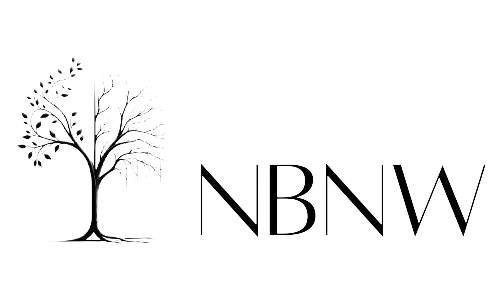

By Reeturaj - Nov 13, 2024
The United States and the European Union have differing food regulatory standards, leading to certain ingredients being prohibited in the EU but allowed in the US. Some examples include potassium bromate, azodicarbonamide, butylated hydroxyanisole, brominated vegetable oil, certain food colorings, ractopamine, and chlorinated chicken.

Image via Google
LATEST
While the United States and the European Union share a global stage, their food regulatory standards diverge significantly. This disparity has led to a list of ingredients commonly found in US food products that are strictly prohibited in the EU. The EU generally adopts a more precautionary approach to food additives, prioritizing consumer health and environmental concerns. This stringent regulatory framework often results in a more conservative stance compared to the US, where a risk-benefit analysis is often employed. Here are some notable ingredients that are commonly used in the US but banned in the EU :-
1. Potassium Bromate: In the U.S., manufacturers use it in bread products to strengthen the dough and help it rise higher. The International Agency for Research on Cancer classifies potassium bromate as a Group 2B carcinogen, meaning it is "possibly carcinogenic to humans." To ensure safety, it is banned in many countries, including the European Union, Argentina, Nigeria, South Korea, India, and China. Although the FDA has recommended that manufacturers refrain from using potassium bromate, it remains approved for use in the United States.
2. Azodicarbonamide: Although it may sound like a magical incantation, azodicarbonamide is a chemical used in baking. It helps make the dough tougher and gives the bread a whiter colour. This chemical is also found in various other products, such as yoga mats. In the United States, azodicarbonamide is classified as "Generally Recognized as Safe" (GRAS). However, due to public concern, some restaurants have chosen to stop using it. When azodicarbonamide breaks down, it can produce semicarbazide. Nonetheless, recent studies indicate that the cancer risk associated with it is likely very small.
3. Butylated Hydroxyanisole: Butylated hydroxyanisole (BHA) is a flavour enhancer and food preservative that is banned in the European Union. In the United States, manufacturers use BHA in a variety of foods, including fast foods, cereals, drink mixes, gum, and snacks. Additionally, it can be found in plastics, rubber, cosmetics, and food packaging. While BHA is not permitted in the E.U., it was previously subject to tighter restrictions; however, these restrictions have been relaxed since 2012.
4. Brominated Vegetable Oil: Brominated vegetable oil (BVO) is used in some U.S. sodas to prevent separation in citrus-flavored drinks. Although it is FDA-approved, some manufacturers have stopped using it due to public pressure. BVO contains bromine, and consuming it in large amounts can lead to bromism, a condition caused by bromine buildup in the body. Concerns about BVO arose in 1970 after a Canadian study on rats. In response, the FDA removed BVO from its Generally Recognized as Safe (GRAS) list but allowed its continued use during further research. Studies show that BVO can leave residues in the body.
5. Food Colourings: Generally, food manufacturers in the U.S. are more likely to use synthetic colourants than those in the U.K. For example, the McDonald’s strawberry sundae in the U.S. gets its red colour from an ingredient called Red 40, while in the U.K., it derives its colour from real strawberries. Additionally, in the European Union (E.U.), manufacturers can use a colourant known as Yellow 6 (or sunset yellow FCF). However, they are required to include a warning on labels indicating that the product "may harm activity and attention in children." In contrast, no such warnings are needed in the U.S. Moreover, in March 2022, the E.U. banned a food colourant called titanium dioxide after studies suggested it might damage DNA. This particular additive is still permitted for use in the U.S.
6. Ractopamine: Ractopamine is a chemical added to pig and cattle feed to enhance muscle growth, allowing farmers to raise larger animals at lower feed costs. In 2009, the European Food Safety Authority (EFSA) found insufficient evidence to determine its safety. Only one study involving six healthy male participants has been conducted, which showed increased heart rates after administering high doses; one participant withdrew due to adverse cardiac events. Despite the limited evidence, the EFSA has raised concerns about ractopamine's effects on people with cardiovascular disease.
7. Chlorinated Chicken: In the U.S., poultry farmers use chlorine to clean poultry and eliminate microorganisms that could cause illness. However, this practice is banned in the European Union (E.U.). Interestingly, the E.U. does not have concerns about the safety of chlorine-washed poultry for human consumption; the European Food Safety Authority (EFSA) has determined that it is not dangerous. It is legal in the E.U. to sell salad washed using the same method. The primary issue for the European Commission is that chlorine rinses may be seen as a way to bypass animal welfare standards that should be upheld during the animals’ lives. The E.U. advocates for better living conditions for animals, arguing that if animals were treated well throughout their lives, there would be no need for chlorine rinses post-slaughter.